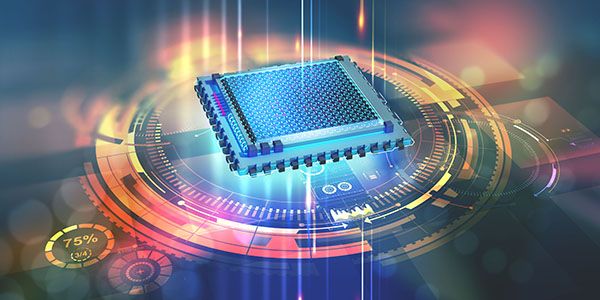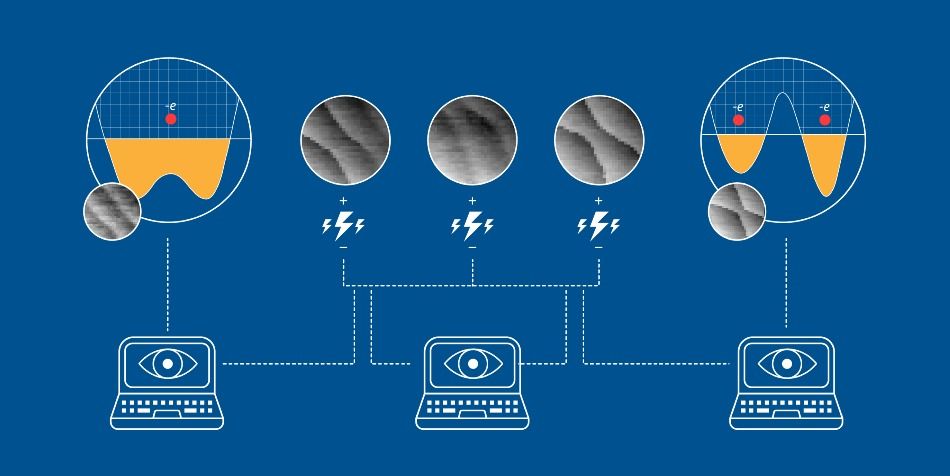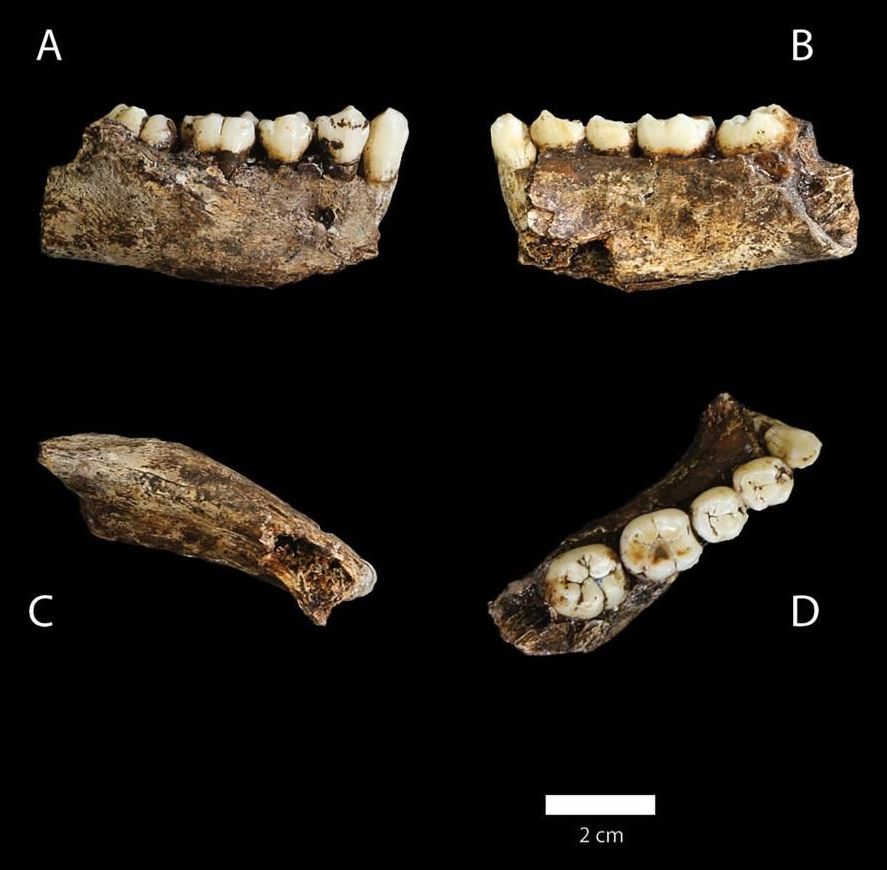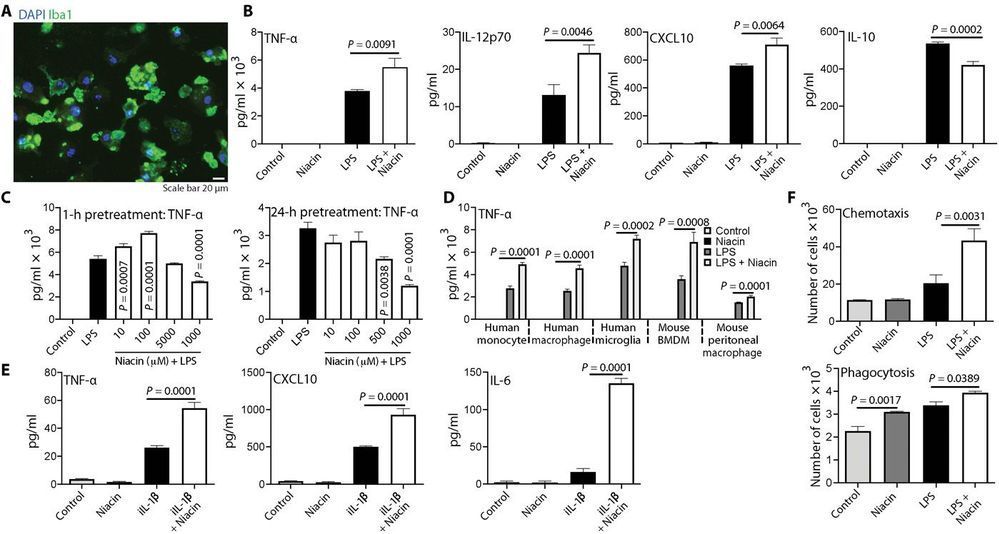Apr 2, 2020
Needle in a haystack: MIPT scientists explain why new dangerous viruses are so hard to identify
Posted by Saúl Morales Rodriguéz in categories: biotech/medical, genetics
In a recently published fundamental review dedicated to the diagnostics of viral infections, a Russian research team featuring MIPT researchers was the first to systematically describe and summarize the cutting-edge technologies in the rapidly developing field of genetics. A number of new effective methods of virus detection have been developed over the past few years, including those targeted at unknown pathogens. The authors described the so-called high-throughput next-generation sequencing as a potent new approach. The method promises to revolutionize the detection and analysis of new pathogenic viruses, but it will be at least several years until it is introduced into mainstream clinical practice.
In response to the rapid spread of the COVID-19 pandemic, an authoritative global scientific journal, aptly named Viruses, published a fundamental review of problems related to identifying and studying emerging pathogens, such as the notorious coronavirus.
“There are, by various statistical estimations, over 320,000 various viruses infecting mammals,” said Kamil Khafizov, a researcher at MIPT’s Historical Genetics, Radiocarbon Analysis and Applied Physics Lab and one of the review’s authors. “But up to date, less than 1% of this vast multitude has been studied.”


















